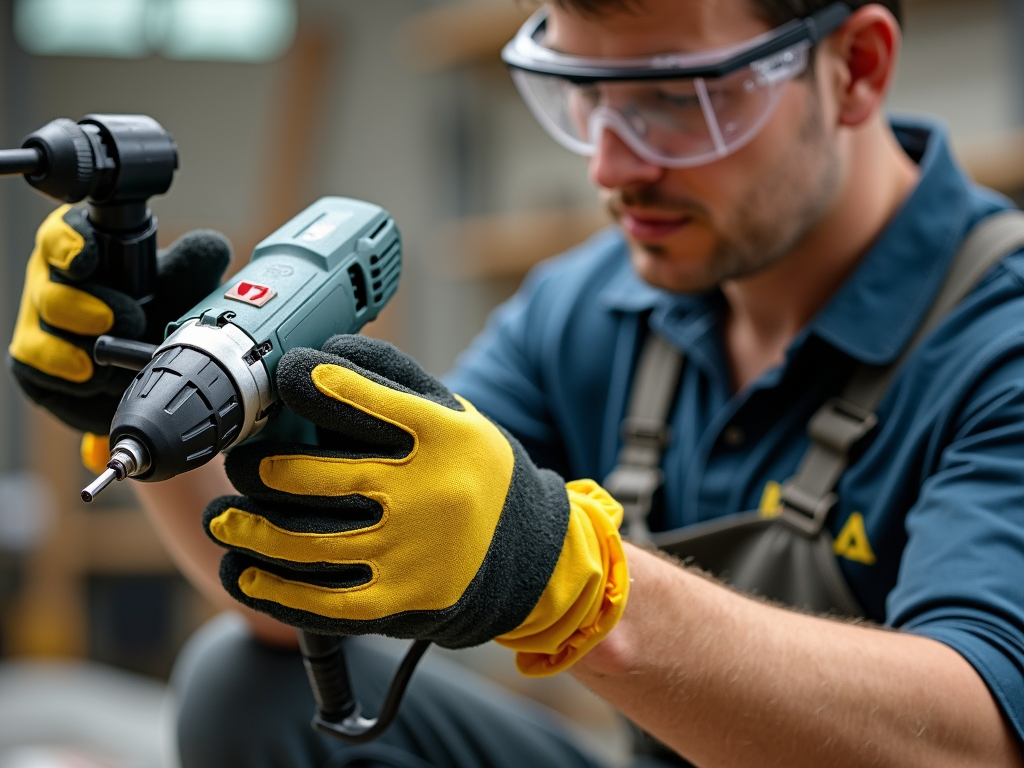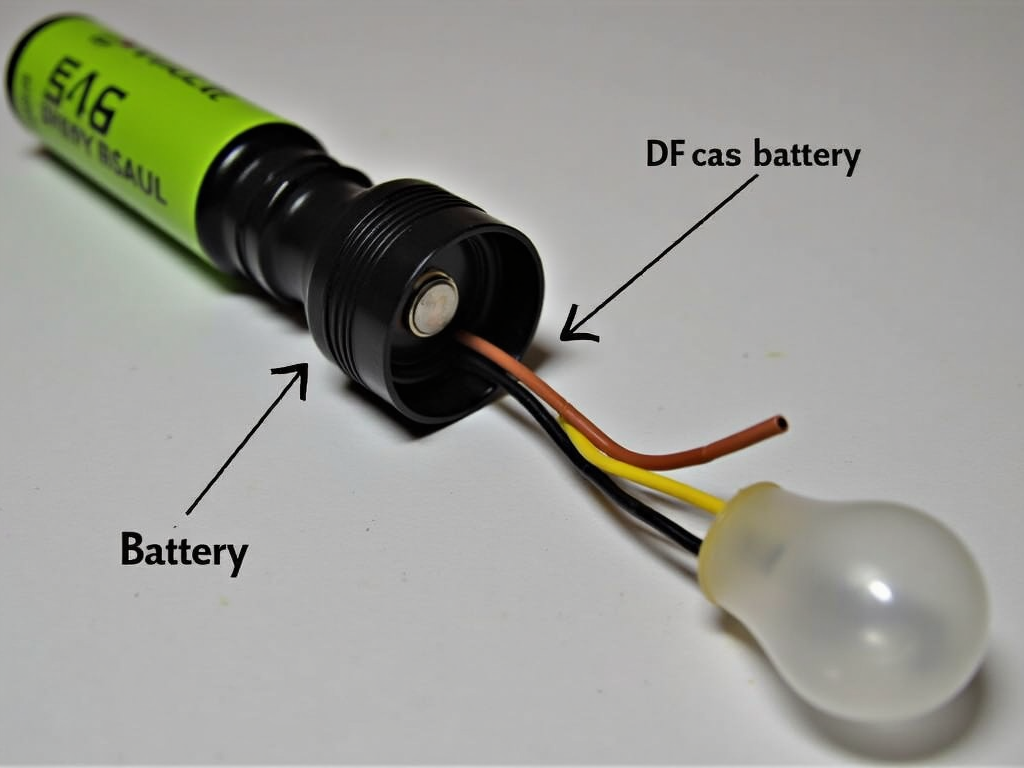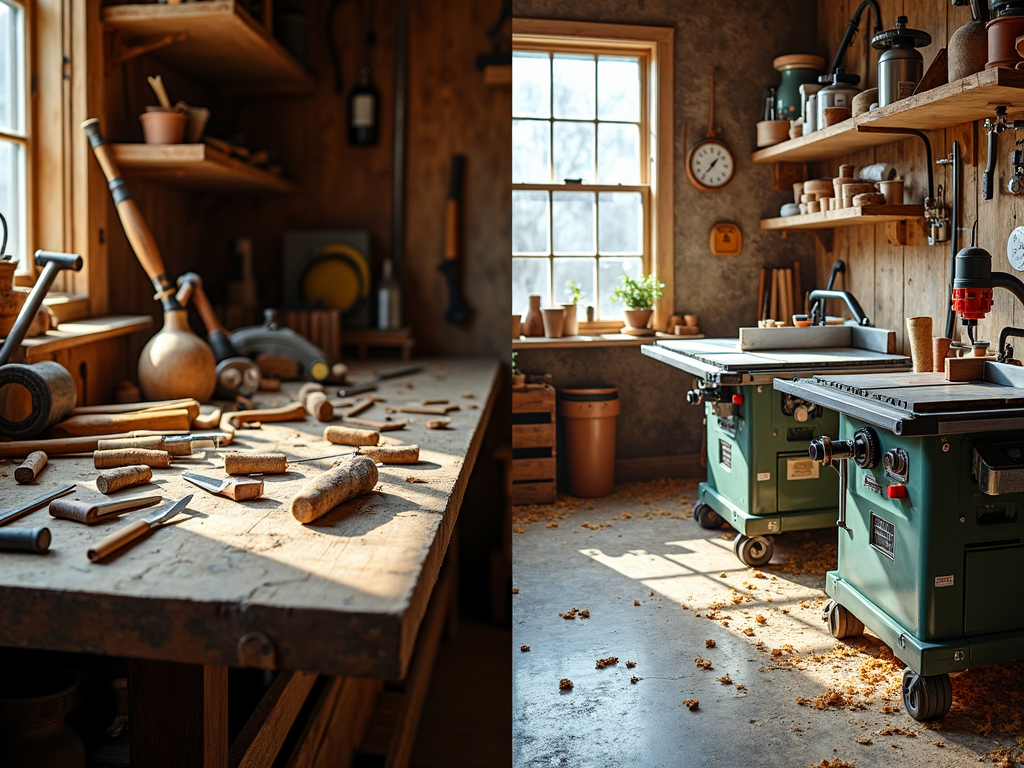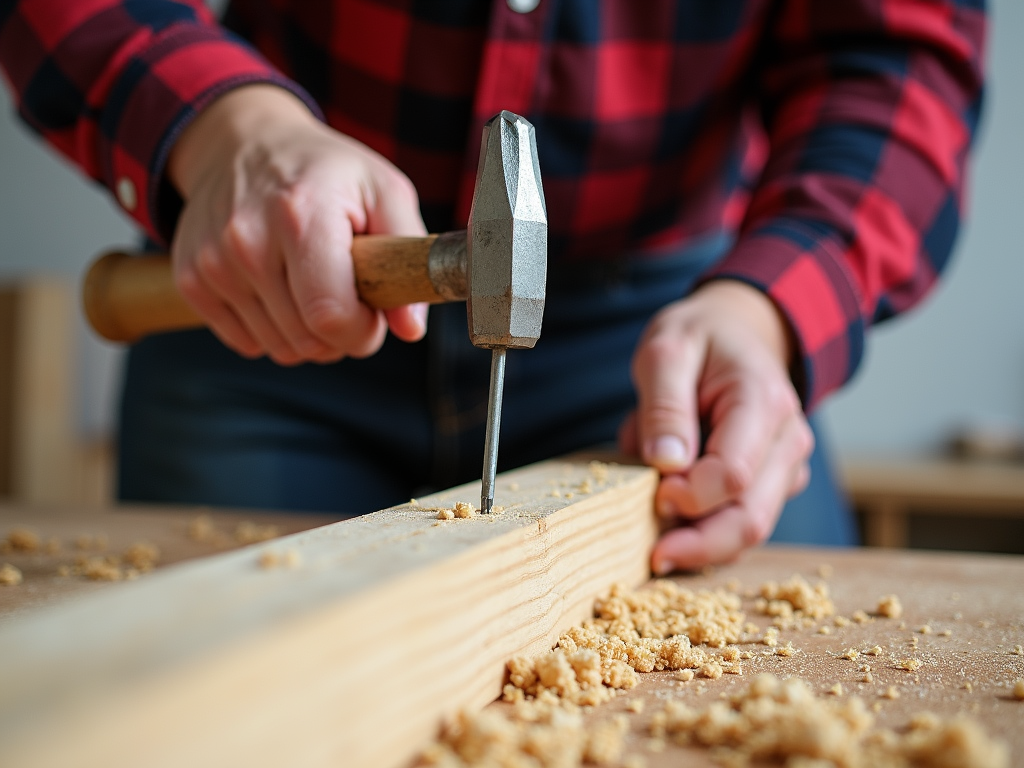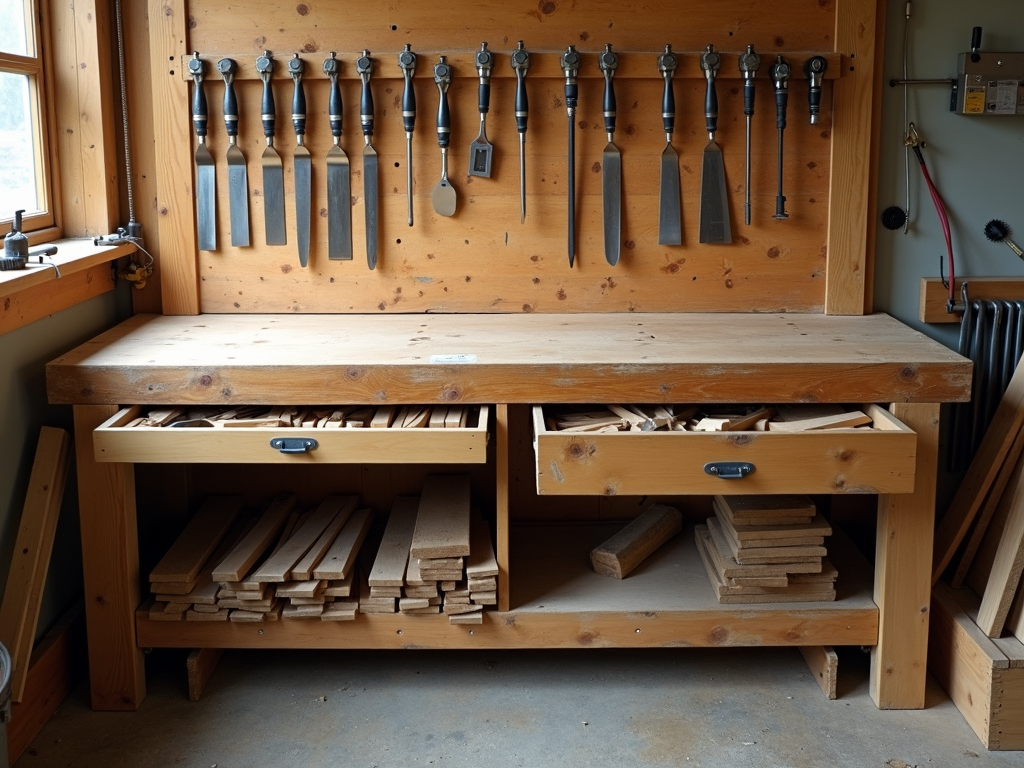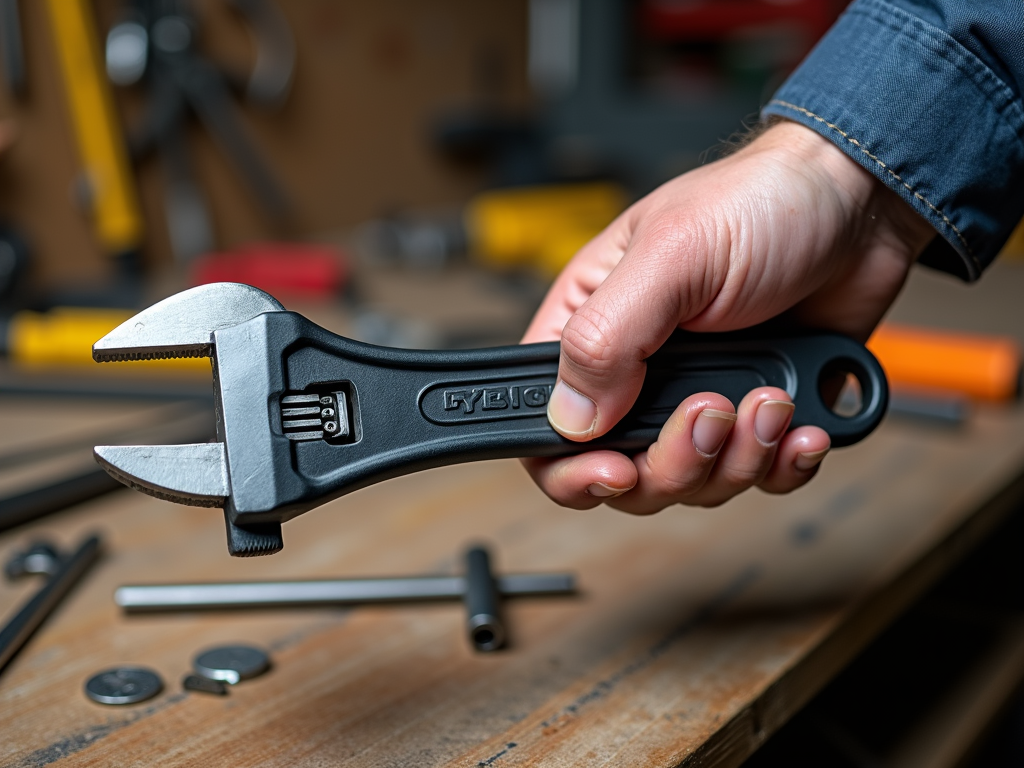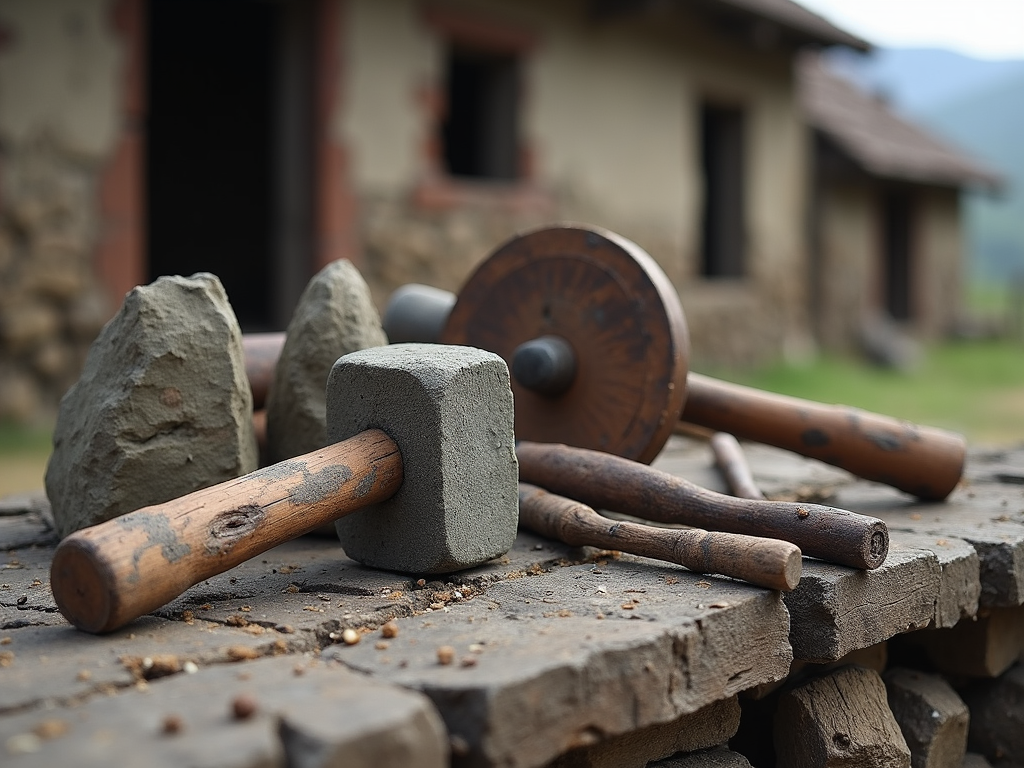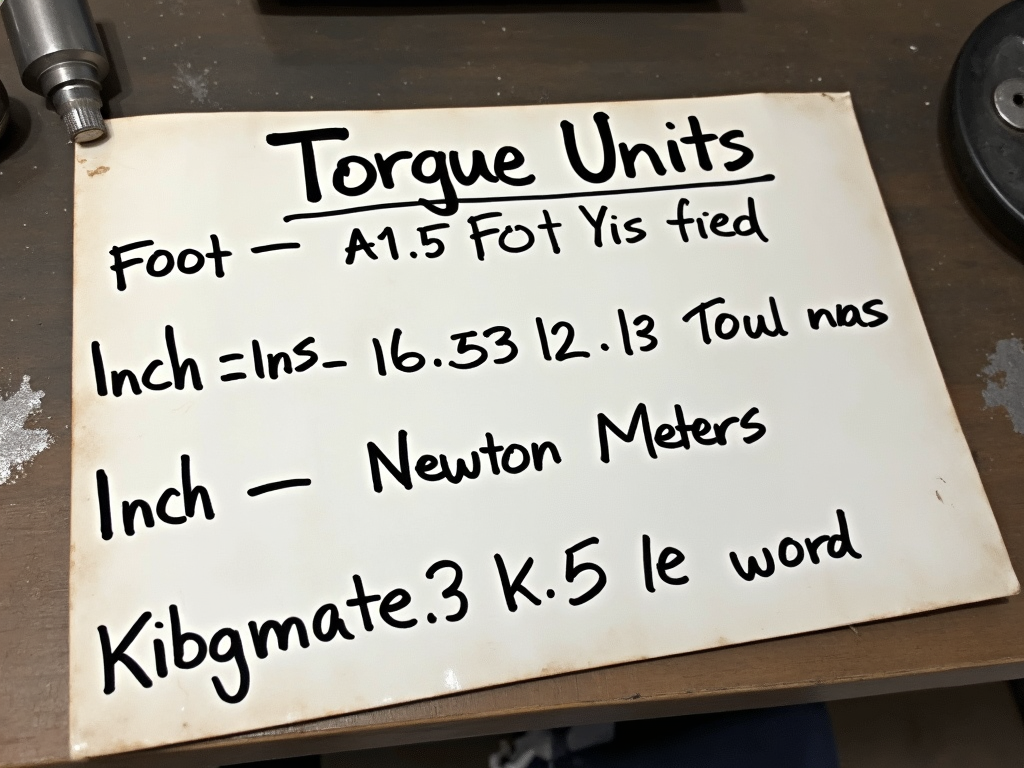Overview
DIY projects are fun and rewarding, but safety comes first. Whether you’re using hammers or power tools, the right safety gear protects you from injuries. This guide covers must-have safety gear for DIY projects, why it’s essential, and tips to use it right.
Why Safety Gear Is a Game-Changer
DIY tasks can get messy fast. Sharp tools, flying debris, and loud noises are all risks. Safety gear keeps you protected so you can focus on creating. It’s not just about avoiding big accidents—it’s about staying comfortable and safe for every project.
I learned this the hard way. Once, I skipped safety glasses while drilling. A tiny speck hit my eye, and I spent hours in discomfort. Now, I never start without my gear. It’s a simple habit that saves trouble.
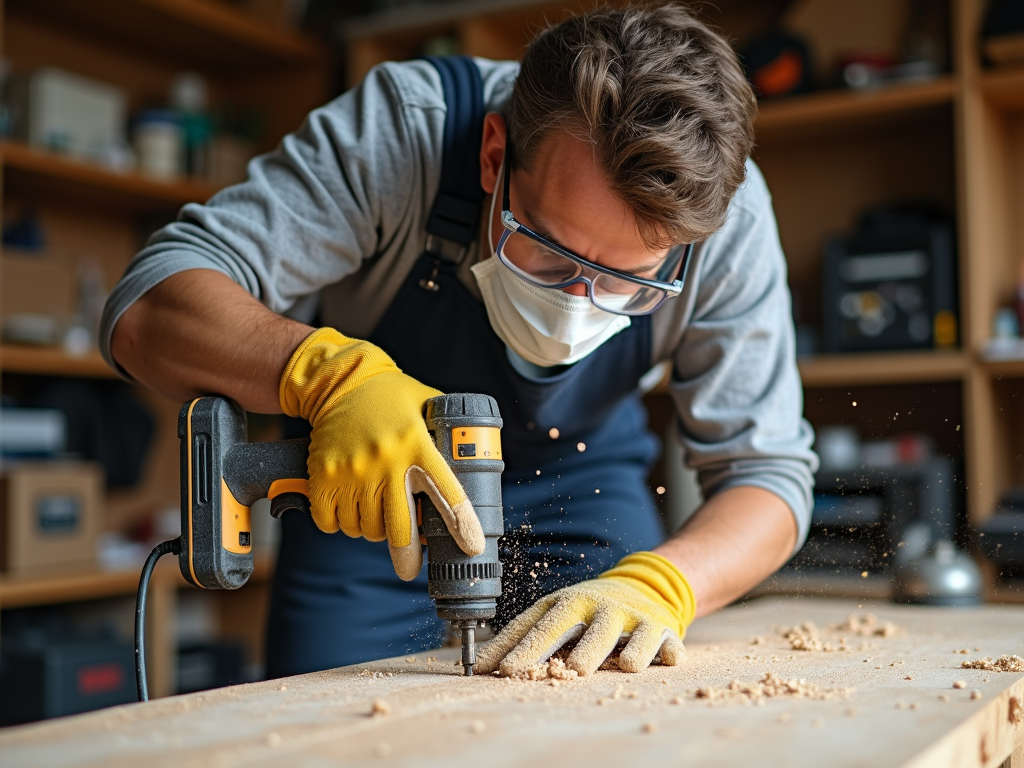
The Must-Have Safety Gear List
Here’s the essential safety gear every DIYer needs:
Safety Glasses
Your eyes are vulnerable. Safety glasses shield them from dust, wood chips, or sparks. Get ones with strong lenses and side protection.
Tip: Keep an extra pair nearby. You never know when you’ll need them.
Gloves
Hands take a beating in DIY. Gloves prevent cuts, splinters, and burns. Use leather for tough jobs, rubber for chemicals, or cut-resistant ones for sharp tools like hammers.
My Take: I once grabbed rough wood without gloves. Splinters stuck with me for days. Now, gloves are non-negotiable.
Ear Protection
Loud tools like saws or drills can hurt your hearing over time. Earplugs or earmuffs block the noise. Pick ones with a high Noise Reduction Rating (NRR).
Dust Mask or Respirator
Sanding or cutting kicks up dust and fumes. A dust mask keeps your lungs clear. For paints or chemicals, upgrade to a respirator.
Lesson Learned: Sanding without a mask left me coughing for hours. It’s not worth skipping.
Hard Hat
Working overhead? A hard hat saves your head from falling tools or branches. Make sure it fits well and isn’t cracked.
Steel-Toe Boots
Heavy stuff can drop anytime. Steel-toe boots protect your feet from hammers or workman tools gone rogue.
My Story: I dropped a hammer on my foot in sneakers once. The bruise lasted weeks. Steel-toe boots are my go-to now.
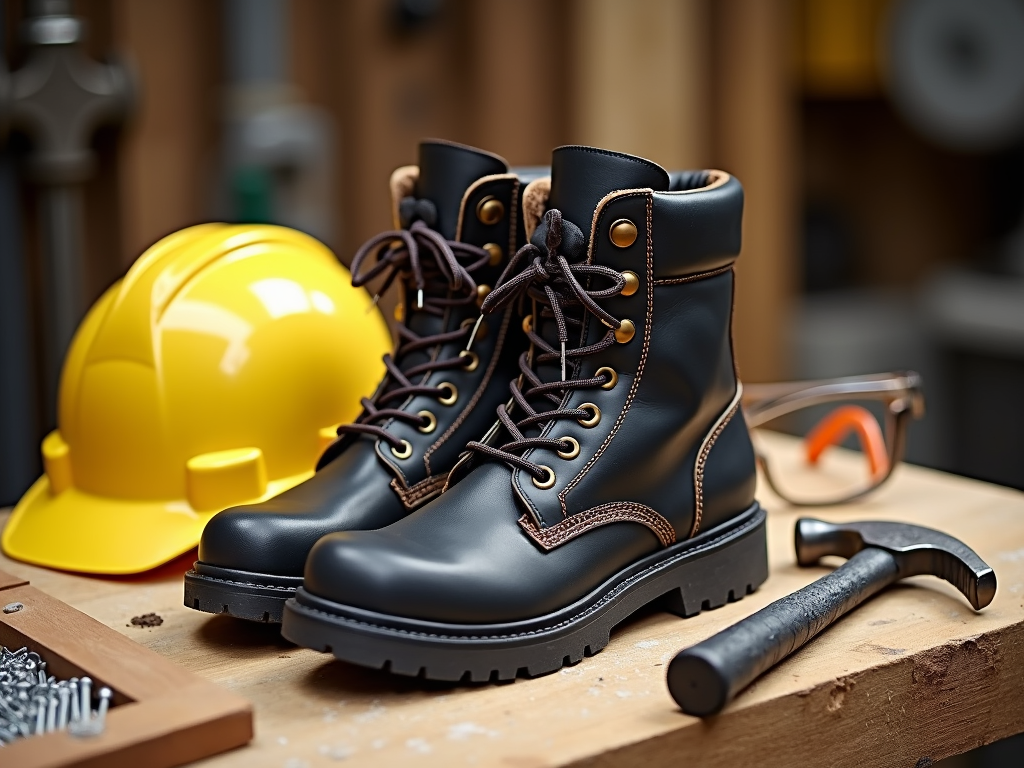
Matching Gear to Your Project
Different projects need different gear. Here’s a quick rundown:
| Project Type | Recommended Gear |
|---|---|
| Woodworking | Safety glasses, gloves, ear protection, dust mask |
| Painting | Gloves, respirator, safety glasses |
| Electrical Work | Insulated gloves, safety glasses, non-conductive shoes |
| Demolition | Hard hat, steel-toe boots, gloves, dust mask |
| Gardening | Gloves, safety glasses, ear protection (with power tools) |
Tip: Check your project’s risks first. Gear up based on what could go wrong.
How to Use and Care for Your Gear
Wearing gear isn’t enough—it has to work right. Here’s how:
- Safety Glasses: Clean them often. Toss them if scratched.
- Gloves: Look for rips before use. Replace when worn out.
- Ear Protection: Keep earplugs fresh and earmuffs clean.
- Dust Mask/Respirator: Swap filters as needed. Test the fit.
- Hard Hat: Inspect for damage. Replace after a big hit.
- Steel-Toe Boots: Dry them out after use. Check the toes for dents.
My Routine: I check my gear every time. It takes a minute but keeps me safe.
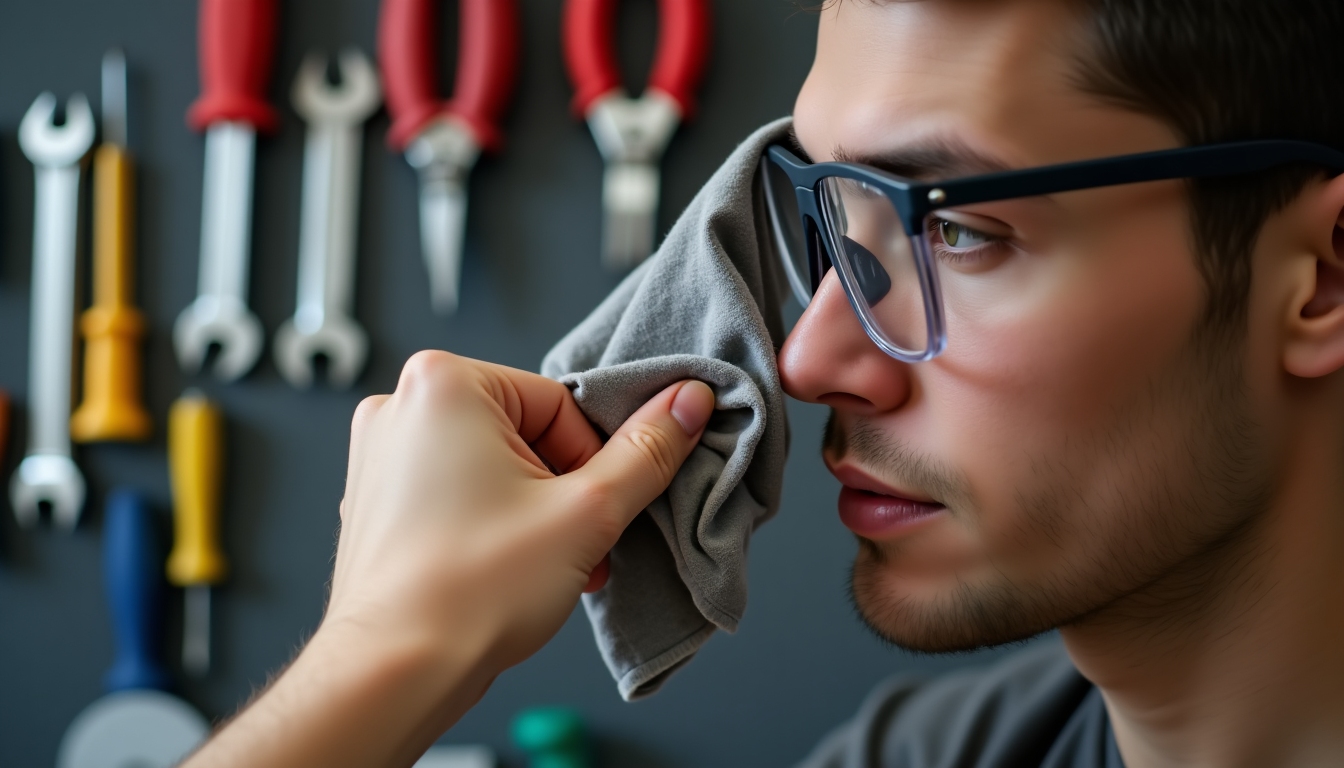
Picking the Right Gear for You
Quality matters. Cheap gear might fail when you need it most. Look for:
- Fit: Gear should feel good and stay in place.
- Durability: Strong materials last longer.
- Certifications: Check for safety standards (like ANSI for glasses).
I stick to trusted brands after a flimsy pair of gloves tore mid-project. Spend a little more—it’s worth it.
Common Mistakes to Dodge
Even careful DIYers slip up. Avoid these:
- Skipping Gear for Small Jobs: A quick cut can still hurt you.
- Using Worn Gear: Old stuff won’t protect well.
- Wrong Fit: Loose gloves or tight glasses distract you.
- Ignoring Replacements: Masks and earplugs wear out fast.
My Advice: Make a checklist. Run through it before you start.

Where to Get Good Gear
You don’t need to break the bank, but shop smart:
- Hardware Stores: Great for basics and advice.
- Online: Amazon or safety sites have tons of options.
- Specialty Shops: Best for high-end workman tools and gear.
My Go-To: I try stuff on in-store first. Comfort is key.
Gear and Tools: A Perfect Pair
Safety gear works hand-in-hand with tools. A guide to basic DIY home repair tools isn’t complete without it. Take hammers—types of hammers for different projects need gloves and glasses to use safely. Workman tools like saws or drills demand ear protection too. Gear up, and your toolkit shines.
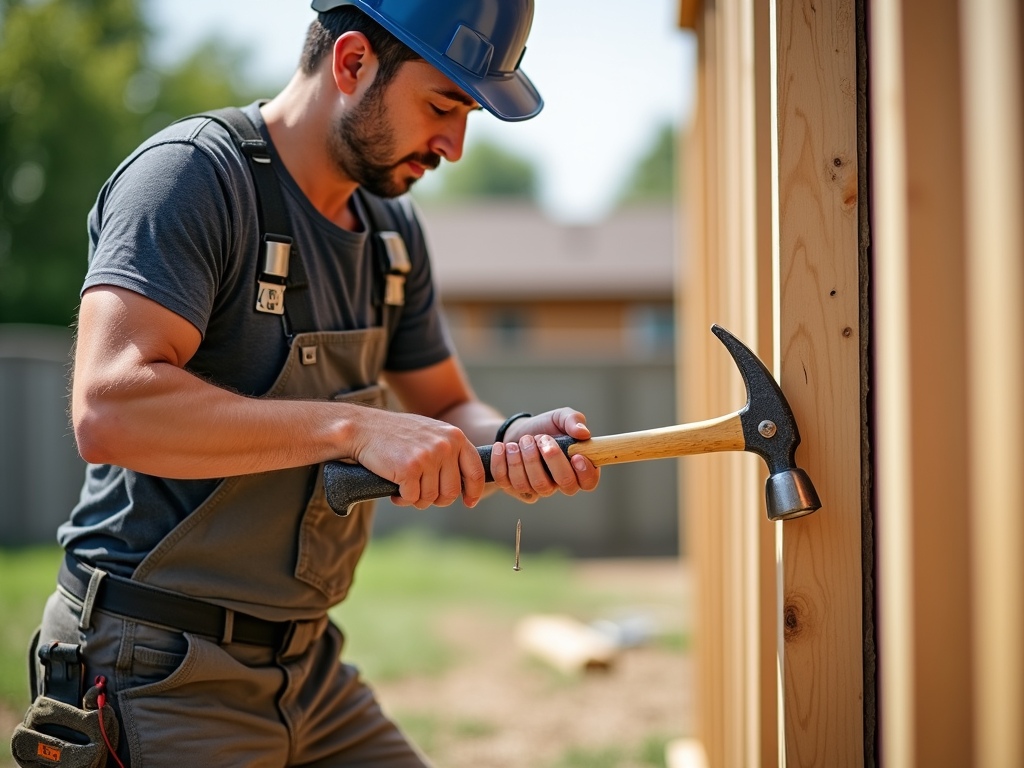
Expert Tips for Staying Safe
Want to level up? Try these:
- Double Up: Wear glasses under a face shield for messy jobs.
- Label Gear: Keep it organized so you grab the right stuff.
- Learn More: Check sites like OSHA for safety tips.
My Trick: I keep a gear bag packed. It’s grab-and-go for any project.
Wrapping It Up
Must-have safety gear for DIY projects isn’t optional—it’s your shield. From safety glasses to steel-toe boots, each piece keeps you safe and confident. Pick the right gear, use it well, and maintain it. You’ll enjoy DIY more knowing you’re protected.
Happy building—and stay safe!
Related Must-Have Safety Gear for DIY Projects:
- Healthy Habits for Hard-Working Tradespeople: Staying Safe and Comfortable on the Job
- Power Tools Maintenance Tips: Keep Your Gear in Top Shape
- Understanding Electrical Circuits: A Beginner's Guide
- The Importance of Tool Safety
- The Rise of Smart Tools in Woodworking: A New Era of Safety and Innovation
- The Ultimate Guide to Power Tools for Precision Drilling
- Best Power Drills for Home Use
- Essential Tools for Beginners: A Comprehensive Guide
- Maximizing Small Workshop Spaces: A Workman's Guide to Efficiency
- Ergonomic Wrenches for Reducing Hand Strain: A Comprehensive Guide
- The Evolution of Workman Tools: From Past to Present
- Understanding Torque Specifications: A Comprehensive Guide

